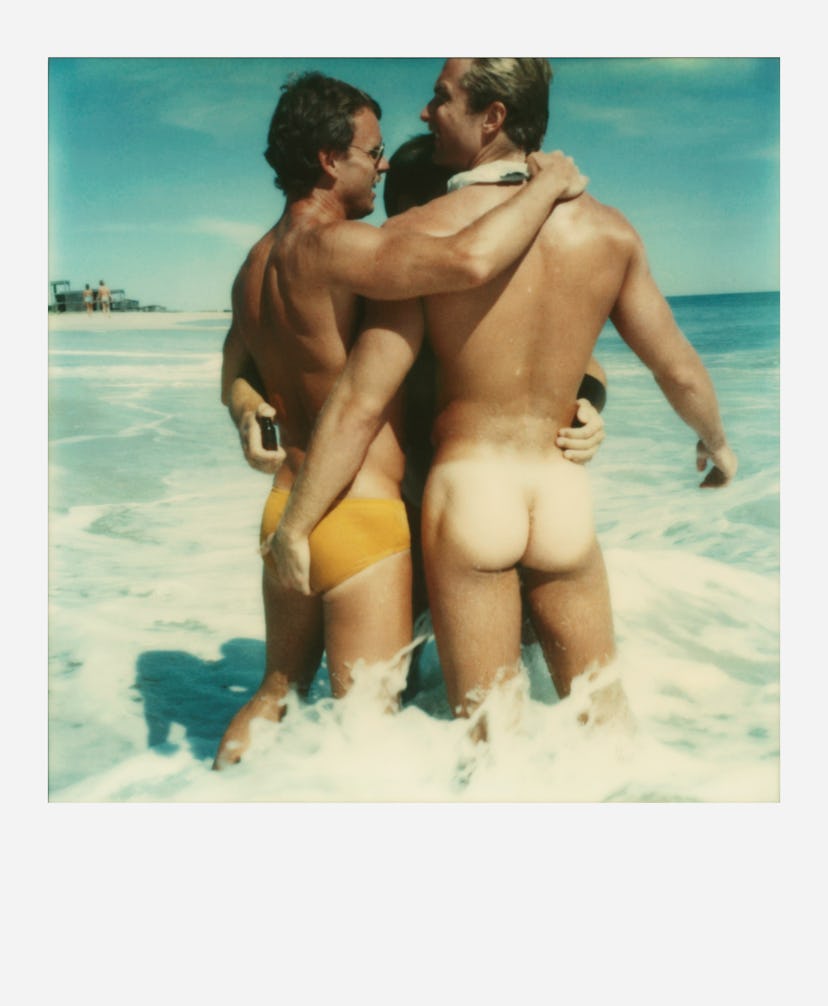Tom Bianchi’s ’70s Polaroids of Fire Island Depict a Queer Paradise Far Removed From the Trump Era

“My tactic as an artist has always been to show how things can be,” said Tom Bianchi from the Pines, the enclave he’s been frequenting—and photographing—for more than four decades now. That all started back in 1975, when Bianchi, then a corporate lawyer, started capturing the LGBT sector of New York’s Fire Island that served as a refuge for nearly 10,000 gay men every summer as a highly toned, highly sexual Eden of sorts, faraway from the reality of repression and AIDS. No mainstream publisher would touch those Polaroids back in the ‘70s and ‘80s, but they’ve become a staple of queer imagery ever since they finally made their way out of the box Bianchi had kept them in for all those years. To his surprise, though, at the time of their current exhibition at New York’s Throckmorton gallery, they’ve now unfortunately become “even more poignant now than they were at that time.” “The shock in the last election cycle is that we’ve returned to a place of horrible repression against people who are vulnerable,” Bianchi said. Join him in taking a timely look back once again at how things can be, here.
1
Tom Bianchi, “Fire Island Pines: Polaroids, 1975-1983.”
2
Tom Bianchi, “Fire Island Pines: Polaroids, 1975-1983.”
3
Tom Bianchi, “Fire Island Pines: Polaroids, 1975-1983.”
4
Tom Bianchi, “Fire Island Pines: Polaroids, 1975-1983.”
5
Tom Bianchi, “Fire Island Pines: Polaroids, 1975-1983.”
6
Tom Bianchi, “Fire Island Pines: Polaroids, 1975-1983.”
7
Tom Bianchi, “Fire Island Pines: Polaroids, 1975-1983.”
8
Tom Bianchi, “Fire Island Pines: Polaroids, 1975-1983.”
9
Tom Bianchi, “Fire Island Pines: Polaroids, 1975-1983.”
10
Tom Bianchi, “Fire Island Pines: Polaroids, 1975-1983.”